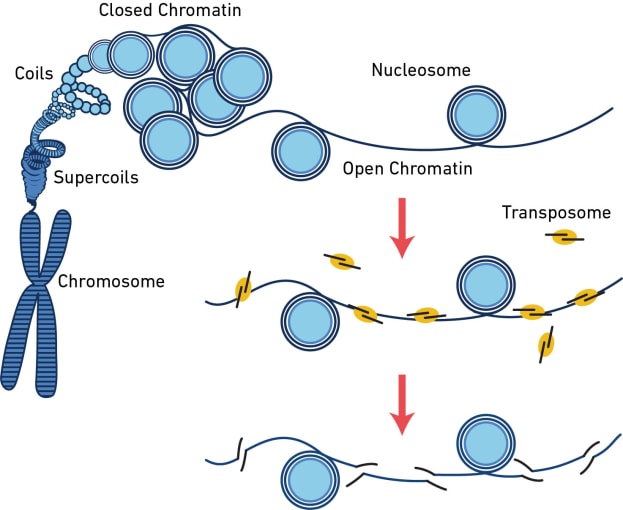

The text file of a given, sorted list of mutations. The (optional) fasta file for the reference genome. This option is automatically set if the reference genome is not provided, and requires the BAM file contains the MD tag. Use MD Tag to call mutations instead of using reference genome (by -r/-ref_fasta option). If the MD tag is missing (like BAM files generated from STAR), you can use samtools to recalculate MD tag. If the NM tag is missing in your BAM file (this is common if reads are aligned using older RNA-Seq read mapping softwares), you may need to realign them using the latest RNA-Seq read aligners (e.g., Tophat). If the reference genome is not provided (or if the -t/-use_mdtag option is set), it will use the MD tag in the BAM format to infer variants in this case the MD tag is required in the provided BAM format. By default, if the reference genome is provided, it will use it to infer the mutation (only SNPs, no indels). Rnaseqmut detects mutations from the NM tag in the BAM format (see for BAM specification). Use "samtools sort/index" to sort/index BAM files before running rnaseqmut.

Rnaseqmut requires sorted BAM files with index (.bai file) as input. Once you have Docker installed on your system, on your terminal, first typeĮxport PATH=$PATH:/the_path_to_the_rnaseqmut_dir/bin:$PATH We provide a Docker image to easily run rnaseqmut without the need of compiling.
Photoninja seq does not work series#
Demo: detecting mutations from a series of RNA-Seq BAM files.
Photoninja seq does not work software#
This software package includes a "core" C++ program, rnaseqmut, to call variants from a single BAM file, and a series of optional scripts, written in Python and bash, to identify putative interesting mutations in a group of RNA-Seq samples.īesides mutation detection from RNA-Seq, the "core" program (rnaseqmut) can also be used to call mutations from other high-throughput sequencing platforms, including ChIP-seq, DNA-Seq, etc.


 0 kommentar(er)
0 kommentar(er)
